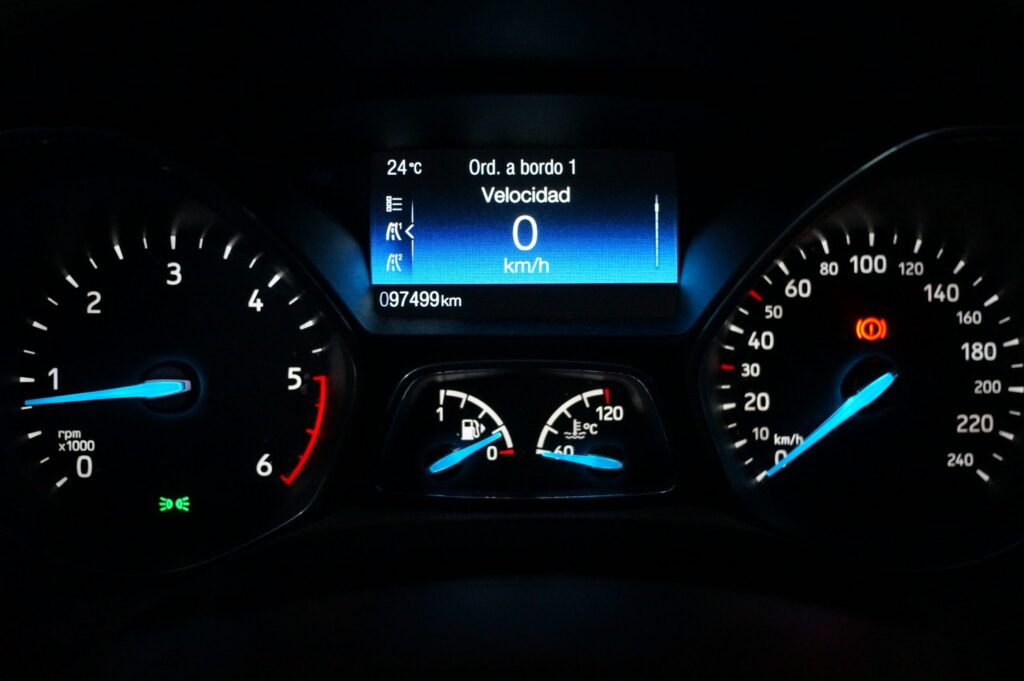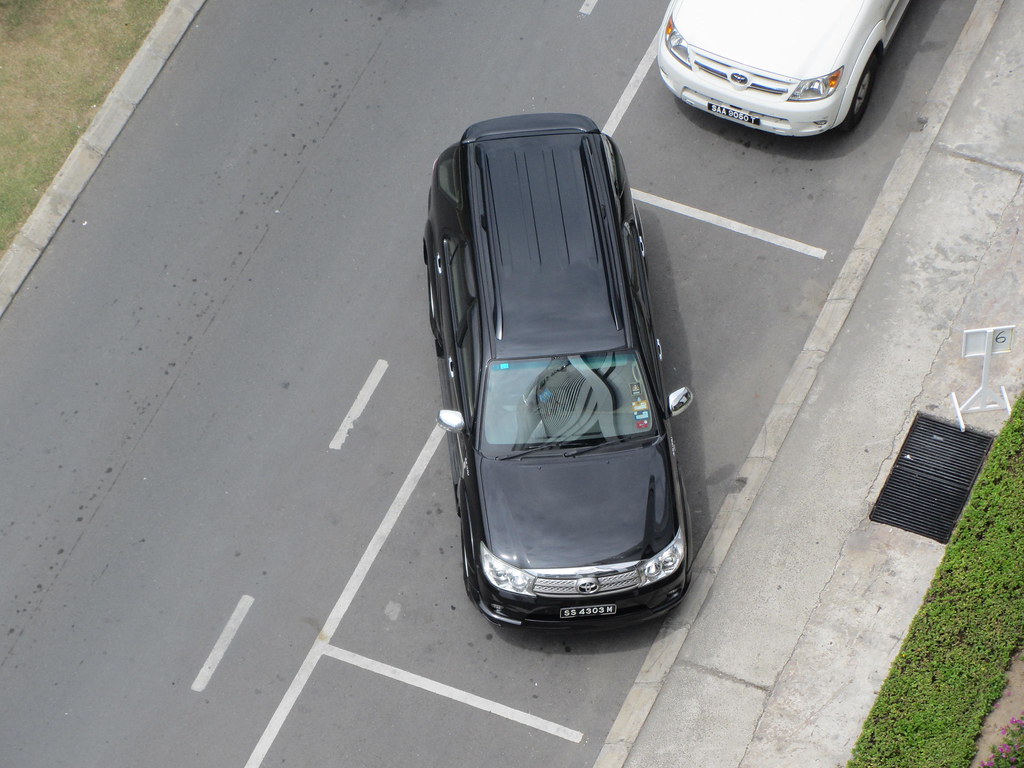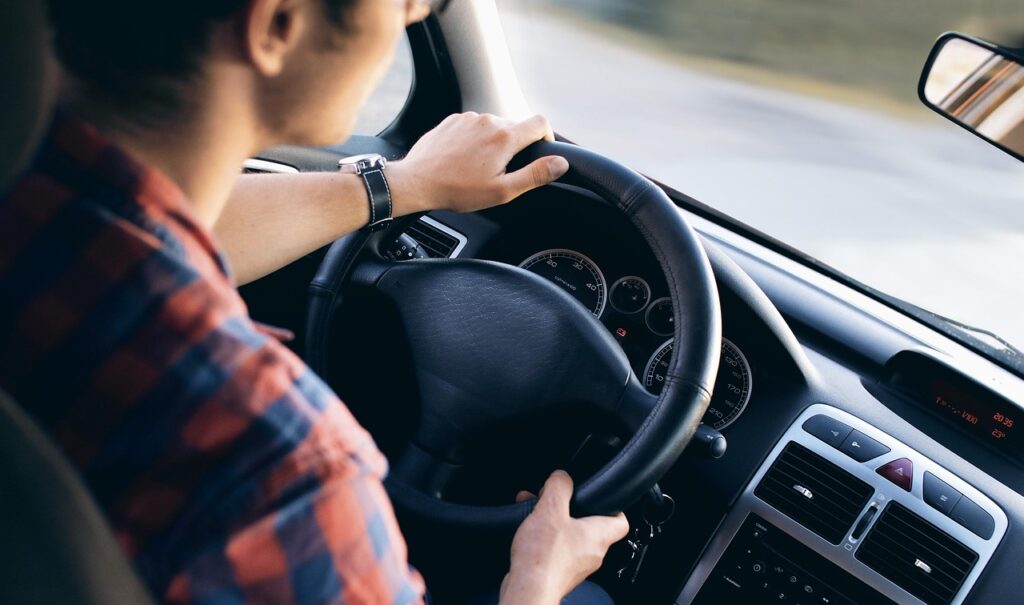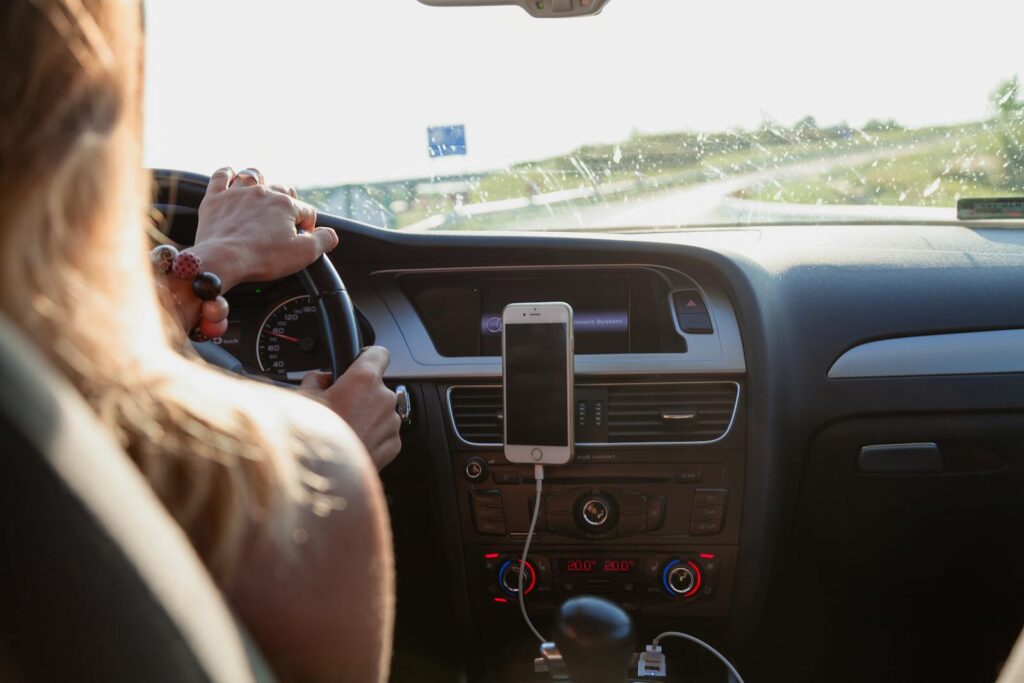Driving technology has advanced a lot, but augmented reality (AR) windshields will truly change how we see the road. Imagine seeing directions, hazards, and traffic alerts right on your windshield in real-time. That future is closer than you think, with major carmakers already testing these futuristic displays.
AR windshields blend digital information with your real-world view. They’re not just cool—they’re practical, too. Here are seven ways AR windshields will forever transform your driving experience.
1. Clearer Navigation and Directions

No more looking down at your phone or dashboard to follow directions. AR windshields project navigation arrows and street names directly onto the road ahead. This lets you keep your eyes on the road while easily seeing your route.
The windshield highlights your next turn, shows lane changes clearly, and even identifies landmarks. It can highlight your destination building or parking spot as you approach. Driving in unfamiliar places becomes easier and safer with clear visual cues directly in your line of sight.
2. Enhanced Safety Warnings

AR windshields significantly boost safety by alerting you instantly about hazards. If a pedestrian steps out suddenly or another car brakes ahead, visual warnings pop up directly in your field of view. You’ll react quicker, helping you avoid dangerous situations.
These warnings aren’t just faster—they’re smarter. AR systems use sensors, cameras, and AI to recognize dangers before humans can react. The windshield highlights objects clearly, giving you critical extra seconds to avoid an accident.
3. Real-Time Traffic Updates

Imagine seeing traffic updates right on your windshield. AR windshields will display real-time congestion, construction zones, and accidents ahead. This lets you make decisions sooner, saving you from unnecessary delays.
These systems use live data from navigation apps, traffic cameras, and nearby vehicles. You’ll easily spot alternate routes or recommended lane changes without ever taking your eyes off the road. Stressful commutes will soon feel effortless.
4. Improved Night Vision and Visibility

Driving at night or in bad weather can be stressful. AR windshields make it easier by highlighting lane markings, roadside obstacles, and pedestrians—even in heavy rain or fog. This enhanced visibility dramatically reduces nighttime driving risks.
Infrared sensors and advanced cameras help the windshield “see” better than your own eyes. Potential hazards appear clearly marked, letting you react faster. It’s like having night-vision goggles built directly into your car.
5. Easier Parking and Maneuvering

Parallel parking and tight maneuvers become simpler with AR guidance. Your windshield will display exact parking paths, distances from obstacles, and warnings if you’re too close to curbs or cars. Parking anxiety becomes a thing of the past.
This tech works seamlessly with cameras and sensors on your vehicle. AR visual guides mean fewer parking mistakes, saving you from costly repairs and embarrassing moments.
Read More: Hydrogen vs. Electric: The Battle for the Future of Zero-Emission Vehicles (10 Things to Know)
6. Improved Driver Awareness

Keeping your eyes on the road is critical. AR windshields keep vital data—like speed, speed limits, and fuel levels—directly in your line of sight. You won’t need to glance away from traffic to check your speed or fuel level.
The windshield can even alert you if you’re drifting out of your lane or feeling sleepy. These quick visual cues ensure you’re always informed, safe, and focused.
Read More: The Unexpected Costs of Owning an Electric Car in 2025
7. Interactive Points of Interest (POIs)

AR windshields can turn any drive into a personalized guided tour. They’ll highlight points of interest, including restaurants, gas stations, or landmarks, as you pass them. Need coffee? Directions pop up right in front of you, along with reviews and opening hours.
These features aren’t just fun—they’re practical. On road trips, easily spot rest stops, scenic views, and gas stations without fumbling with your phone or GPS. Your drive becomes smoother, safer, and more enjoyable.
Read More: 10 Wild (But Realistic) Predictions for the Next 50 Years of Automotive Tech

